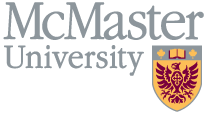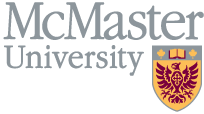⏱ 4 min video
Want to stay active while managing osteoarthritis of the hip or knee? Discover how physical activity can help reduce joint pain and improve mobility—without putting extra stress on your body. This 4-minute video explores the best no-impact and low-impact exercises for people with osteoarthritis of the hip and knee. Whether you're just starting out or looking to enhance your routine, you'll learn practical tips to move safely and comfortably. Find the right activity for your lifestyle and feel empowered to take control of your joint health.
If you’d like to learn more about what therapeutic exercises you could be doing and how weight management plays a role in managing osteoarthritis of the hip and knee, take our 15-minute interactive e-learning lesson.
Test your knowledge and explore some myths and facts about osteoarthritis with our quick 7-question quiz.
Tell us what you think about this content with this 2-question survey.






_jpg.jpg?sfvrsn=bcb0dd6_2)


